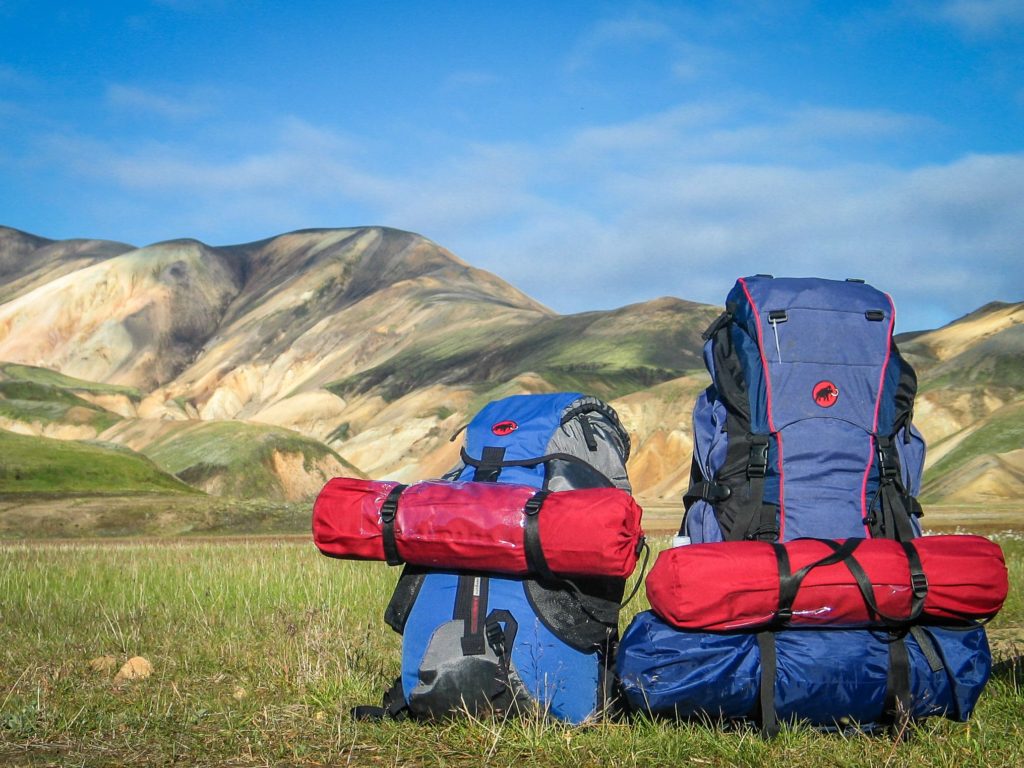
S&B Vonlanthen on Unsplash
Our survival instinct not just as individuals but as a species is, yet again, being tested. The COVID-19 pandemic has put everyone in a dire situation. It has infected millions and killed hundreds of thousands around the globe. This crisis is far from over and now is the perfect time to beef up your survival skills.
The FM 21-76 Survival Manual of the U.S. Army is a treasure trove of information from making survival kits to dealing with dangerous animals. True, the U.S. Army has already replaced this manual with a newer version, but the knowledge it contains is still relevant.
While the current COVID-19 health scare we’re up against wouldn’t set us up to fight bears in the wilderness or require us to fashion some improvised weaponry, U.S. Army’s manual teaches how to think your way through a crisis.
Here, I’m putting a little twist on the S.U.R.V.I.V.A.L. acronym used in the first chapter of the manual. Mine only reads S.U.R.V.I.V.E. Not trying to reinvent the wheel here but, I figure, during a crisis we could all use less detail to memorize.
How to S.U.R.V.I.V.E. in a Life-or-Death Situation
S—Survey Your Situation
Before you can even have a plan of action, you need to know what is going on around you. Situational awareness is critical to survival. In the U.S. Army Survival Manual, this is referred to as “getting a feel for the battlespace.” Determine where you stand at any given moment. Every environment has a unique pattern or rhythm on its own, so does every sink-or-swim scenario.
For example, if you are in an urban setting, knowing the traffic movement of vehicles and people can help you plan your escape route out of the city, if needed. Also, being able to anticipate the weather or climate in your area by perusing weather forecasts will help you prepare necessary equipment and apparel if things do go south.
Moreover, knowing where you stand regarding your supplies and equipment is a big part of situational awareness. Always keep tabs on how much food, water, first aid kits and other basic supplies you have on hand. This will help you set up a credible survival plan. You may not be a soldier fighting in some war zone, but surveying your situation and being prepared for any eventuality is key to staying alive. Remember, there is no substitute for good preparation and that’s only possible if you know where you stand at all times.
U—Undertake a Plan of Action
Emergencies happen. Some brown, stinky stuff will eventually hit the fan. When that happens, you wouldn’t want to be caught unprepared. It’s about time you put up your plan of action for emergencies or disasters. After you’ve considered your situation, planning your survival is the logical next step.
You work or live in a high-rise building? Better know how to get down the ground floor in case there’s an emergency and elevators stop working. Your home is in a flood prone area? Best to invest in flood control barriers or inflatable boat. Again, your plan depends on how you size up your situation.
A survival plan prevents you from acting haphazardly or aimlessly during a crisis. With a well-thought-out strategy, you avoid wasting much-needed resources. And remember, a good plan should be flexible enough to adapt to any situation.
R – Roll with Your Surroundings
Survival isn’t just about knowing where to obtain food and first aid kits or how to make fire and build a shelter. Ask people who have been in life-threatening situations and they’ll say it’s their mental attitude that kept them alive. To lessen the pressure or the stress that you need to face in an already difficult scenario, you have to adjust to your surroundings.
Assess your situation and take a look around. It’s likely the things you need to survive are right there in front of you. Do not panic, it will only make things worse for you. This may sound counterintuitive, but try to be comfortable with your surroundings. Only then can you start to be creative in finding the solution to get you out of trouble. How you feel about your environment affects how you put up a survival plan and, most importantly, your willpower to live.
V – Venture Above and Beyond Fear
You’re aware of your situation. You have a good survival plan. What’s next? Well, you need to stare at and face your fears. Ensuring your survival is not a walk in the park. There will be challenges. Your mettle will be tested. And if you have never been in a war zone or in an actual emergency, there’s a good chance that you will panic.
With fear and panic comes hesitation to act. You can’t think straight when you’re overwhelmed by emotions. Worse, fear can be physically draining. Remember, you have to overcome your emotions to improve your predicament and come out alive during an emergency situation. Try your best to conquer your fears and do not panic. Having a survival plan should increase your chances of pulling through and it should allay your fears at the very least.
I – Improvise
You’ve probably heard the saying, “Only the paranoid survive.” Well, that’s true. But your sense of paranoia, of trying to have a 360-degree view of the world in your mind can only help you so much. You need to add in improvisation to up your chances of survival.
Our world today has made everything easy for us. If we needed anything, we only have to get to a store or shop online to buy it. With all this convenience, it’s no surprise that we, as a race, have become too complacent. But what happens if sh*t hits the fan and we are put in a situation where we have to fight for our very survival?
You need to learn how to improvise, to find different uses for each tool at your disposal. Everyone needs to learn how to make do. How do you make a spoon out of a tree bark? Would you brush your teeth with baking soda paste? The power of imagination (preferably backed by science) is important if you want to survive. That’s how our ancestors survived and that’s how we will survive in a life-or-death scenario.
V – Value Your Life
You want to survive? Value your life. Survival starts with the will to live. As a matter of fact, people who have survived life-or-death situations argue that the will to live is the single most important thing to have when things are stacked up against you. This is where you need to be in your most stubborn mode.
Do not give in. There may be a lot of obstacles to hurdle and there will be a lot of difficulties to overcome to survive. But whatever you do, do not give up. It’s always better to live another day than to die off without a fight.
E — Educate / Equip Yourself
As with most things in life, the art or science of survival can be learned. It’s not too late to educate and equip yourself. If you have served in the military, then you already have essential survival training. Civilians can also learn surviving skills and mindset from workshops or boot camps and countless resources online. Anyone can learn the rudiments of survival – especially in situations that concern the region or country where you live. In fact, it is everyone’s responsibility to learn such skills.
On top of educating yourself about survival, it is also vital that you invest in the most basic equipment for the job. Do you at least have a flashlight you can grab when the power goes out? How about first aid kits?
By educating and equipping yourself for survival, you minimize the unknowns you have to deal with during real-life crises. You gain self-confidence and you have improved chances of getting out of a difficult situation unscathed.
Final Words
Remember, your survival plan should adjust to your needs. As your situation changes, so should your survival strategy. For example, if you’re isolated, your first priority is to have a means to communicate with the outside world. If you are injured, you need to obtain first aid materials. But whatever predicament you are in, you need to always secure food, shelter, first aid, and tools for communication (or signaling) and building fire.

